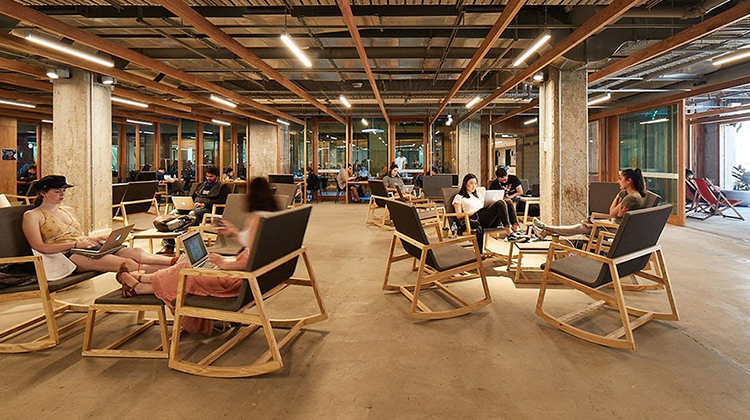RMIT Urban School emphasises diverse pathways

Reducing the focus on ATAR scores and establishing a learner profile which is a broader measure of a student’s strengths and abilities will open pathways to higher education and work.
Students need a shift in educational focus beyond the purely academic and require clear guidance about the range of educational and training pathways available following high school.
These were the findings of Education Council commissioned report Looking to the Future – Report of the Review of Senior Secondary Pathways into Work, Further Education and Training led by Professor Peter Shergold AC which investigated the way students are progressed through education and on to work.
RMIT thinks that there are shortfalls in current transition pathways, including a heavy reliance on the ATAR ranking and the university supports Shergold’s report, recommending major changes to support senior secondary students to choose the best pathway into work, further education or training.
RMIT has presaged the report’s findings with its Urban School, a ‘school within a school’, it demonstrates a successful model based upon student-centred, transformational learning. RMIT’s Urban School offers personalised pathways from school to tertiary study. Located in the Melbourne CBD, the school gives secondary students an opportunity to blend VCE, Vocational Education and Higher Education subjects along with micro-credentials.
“We are proud that the RMIT Urban School’s core principles of student agency, inclusion, diversity and futures-oriented pathways that emphasise lifelong learning are emphasised in this report’s recommendations,” RMIT Deputy Vice-Chancellor Education and Vice-President, Professor Belinda Tynan said.
“We also support the findings that single measurements of success and an over-emphasis on the importance of achieving a competitive ATAR are narrow and can limit opportunities for many of our young people and their future success.”
“Our approach in the RMIT Urban School draws on contemporary evidence that illustrates there are many, equally valid ways to reach the same outcome of improving education, employment and life outcomes for students.”
“Our school represents a trial platform for learner profiles being used successfully for tertiary admission and the validation of broader, more innovative recognition of the learning achievements of young people,” she said.
“We offer senior secondary students the opportunity to build lifelong learning ‘passports’ that combine their interests, help them to find their passions, and allow for flexibility in trialling new subject areas and ways to apply their skills.
“Our students are guided in their decisions by a pathways co-ordinator and supported by careers and counselling advisors from RMIT.
“The ultimate aim is to have students build career knowledge and learning resilience through trial and understanding of skills.”
Prof Tynan said she welcomed the report’s recommendations that called for more inclusive, diverse, and innovative school-based pathways into higher education, work and life.
“At RMIT we have a strong focus on providing access, quality, and diversity of connected pathways to senior secondary students, and an education that prepares them for the future world of work and life. We are pleased that this is reflected in the Looking to the Future Report and fully support its findings and recommendations,” Tynan said.
“It is clear that significant nationwide change is needed to ensure all young Australians can gain access to productive work and life opportunities through more diverse, life-long and intertwined educational experiences.”
The report says that re-packaging senior secondary certification requirements and learning will mean students are not presented with just a choice between vocational or higher education pathways.
A national approach to the use of micro-credentialing in schools that encourages senior secondary students to access high-quality, relevant courses developed by tertiary education and training providers, industry groups or employers should be prioritised.
Education authorities and industry bodies also need to formalise their working relationship to facilitate industry engagement in senior secondary schooling.
The Looking to the Future- Report of the Review of Senior Secondary Pathways into Work, Further Education and Training is available here.